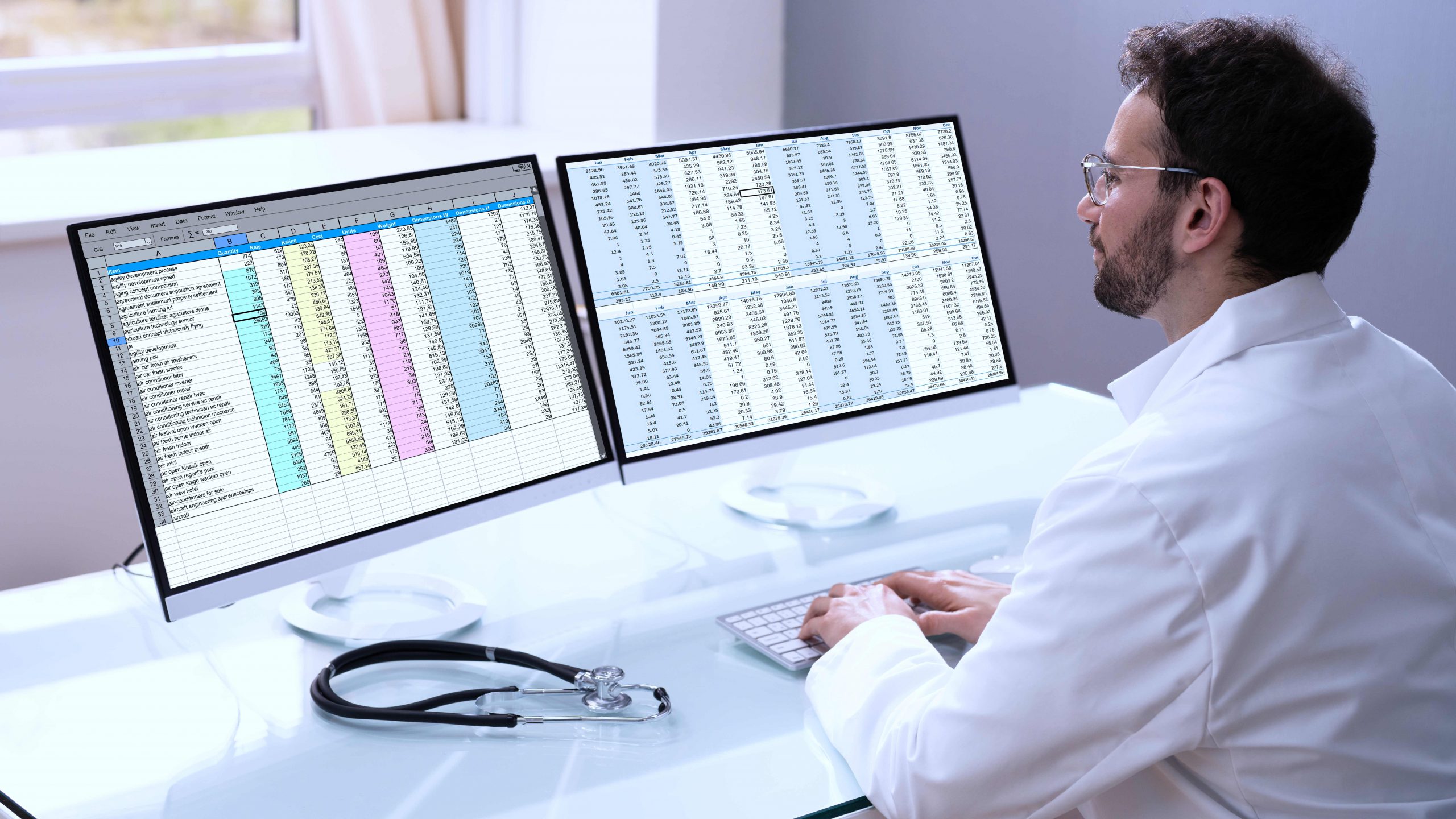There are several companies that handle pharmacovigilance cases management with Excel, but there are many reasons why this is not the most suitable choice. Here they are in detail.
There are many pharmaceutical companies that still handle pharmacovigilance cases management with Excel. As we increasingly often say to those who contact us, the entry into force of new regulations is an opportunity to rethink company procedures. The reasons for abandoning the spreadsheet and switching to a native ICH R3 safety database are many. Let’s see them together.
1.Excel does not have developed intelligence for managing pharmacovigilance cases
Spreadsheets are not structured for the treatment of pharmacovigilance as they do not provide by default:
- advanced search for duplicates
- checking the consistency of the data entered
- complex analyzes with aggregate data
- Signal Detection
Every action necessary for the treatment of cases must be foreseen, planned and reproduced while navigating within the limits of the Excel environment so that the spreadsheet comes close to the requirements set by the regulations.
2.The spreadsheet requires manual data entry: the error is around the corner
The automatic import function is missing in an Excel sheet. The user is therefore forced to manually insert adverse cases into the document.
This implies extended processing times for each individual case, low added value activities and the likelihood of transcription errors. On the contrary, dedicated pharmacovigilance software speeds up the procedure and protects against typing errors.
3.Reports are not generated automatically
Transmitting pharmacovigilance reports to the authorities becomes a laborious action. Because Excel is not a validated database, it does not issue reports that conform to accepted electronic formats. The processed data must then be entered manually into EudraVigilance.
Furthermore, it is not possible to generate all the regulatory reports necessary to carry out the verification processes or to externally share information relevant to safety.
A dedicated software instead integrates the functions necessary for both submission and pharmacovigilance regulatory activities.
You might also be interested in: Why it is worth having a pharmacovigilance safety database
4.Spreadsheets are not a database
Manually entering data into an Excel sheet requires a large amount of time and effort; archiving additional documents (e.g. RTF or PDF attachments relating to the case) is not possible; large case quantities are not easy to manage.
With a pharmacovigilance safety database all processes are automated: storage occurs in a simple and linear way, archiving and searching for adverse events is simplified and the process from insertion to closure of the case is completely traceable complete with signature digital for each change of state.
The database is equipped with specific tables containing official coding (coding table with E2B values) and lists of customizable items (medicinal specialties, report recipients and mailing lists), which can be recalled quickly and without errors.
5.The safety database is user-oriented
A safety database is not just insertion and archiving, but a valid and efficient help tool. All analyses, such as signal detection, take place without manual calculations thanks to special modules based on complex algorithms.
Another function present in the most advanced software is the message system. It is a complex email notification system: it gradually reminds the user of the activities to be carried out and prepares the transmission of specific cases in predefined circumstances.
6.Excel is not a web application
It means that the Excel work environment contains tools that are not strictly necessary for the management of pharmacovigilance data and constitute a disturbing factor in normal operations.
The interface of a dedicated software is designed to facilitate the user in carrying out their tasks, providing exclusively targeted tools, intuitive functions and guided paths. Productivity benefits.
7.In the pharmacovigilance cases management with Excel, data integrity and protection are not guaranteed
The use of the Excel sheet does not comply with international pharmacovigilance regulations. For example, it cannot integrate an audit trail, unlike compliant software that keeps a precise trace of database accesses, every data update and case status progress; it also allows the printing of a detailed report with the process history.
Operators could accidentally corrupt the contents of a spreadsheet and data would be lost if not protected by an appropriate backup. A safety database, unlike an Excel file, cannot be easily consulted, transferred and used on a USB stick. Its higher level of security makes integration into corporate data protection procedures required by the European regulation (GDPR) more fluid.
You might also be interested in: How to choose a pharmacovigilance safety database: the guide
If you want to know more about how a safety database can optimize your pharmacovigilance processes, do not hesitate to contact us.







